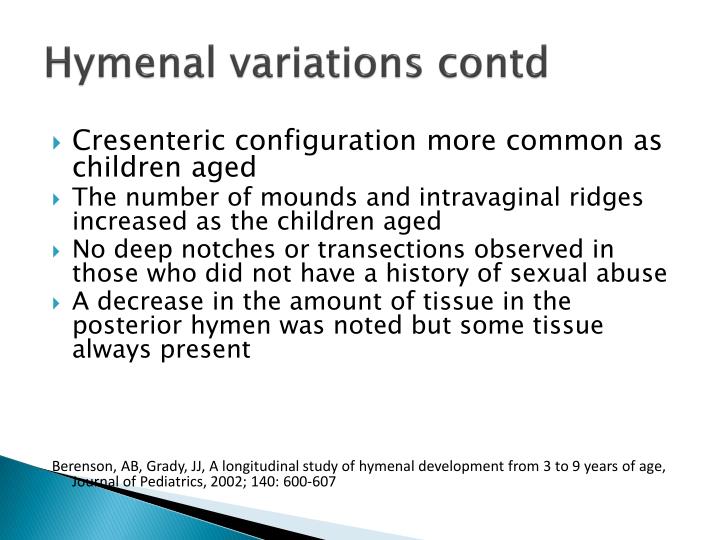

Neoadjuvant treatment with chemotherapy or radiotherapy has been used in vaginal melanoma to reduce tumor burden enabling a more conservative resection. 13, 14 Nevertheless, a significant difference in survival between patients who have radical surgical procedures and those who have more conservative surgical procedures have not been demonstrated. 13 Excision with conservative margins of 1cm for tumors that are 1mm thick or less, 2cm for those 1–4mm thick with a minimum 1cm tumor-free deep margin are the current recommended standards.

11, 12 The gamut of surgical options range from conservative surgery such as wide local excision with lymph node dissection to total vaginectomy or radical extirpation with en bloc removal of the involved pelvic organs. Surgical resection is considered to be the first choice as improved overall survival has been demonstrated in patients treated with surgery when compared to those treated exclusively with chemoradiation. Several treatment options are advocated, but none of them are considered to be a standard approach. 3 Tumor thickness and increased dermal mitotic rate (≥2/mm2) were independent predictors for reduced survival in vulvar melanoma. Most of the vaginal melanomas are aggressive in nature and tend to be diagnosed at late stages with a 5-year survival rate of 0%–25% and this dwindles to 5% in 3 years with lymph node involvement. Our patient had a tumor size of more than 3 cm, causing concern for dismal prognosis. The stage of the disease and the histopathological variant also play a role in prognosis. 9 reported that tumors with a diameter of less than 3 cm carry a better prognosis. Tumor size of more than 3 cm is the most important prognostic factor. This might be due to the rich vascular and lymphatic network of the vaginal mucosa and a delay in diagnosis can be detrimental for the patient. Early local recurrence, lymph node involvement, and distant metastasis are common. 6 The amelanotic vaginal polyp, in our case, would have caused much diagnostic confusion, if not for the pigmented hymenal tag which makes our case noteworthy. Although a predominant number of these neoplasms are pigmented, 10%–23% are amelanotic. Vaginal melanomas have a polypoid to nodular macroscopic appearance in the majority of cases. Typically,patients with vaginal melanoma experience a prodrome of vaginal bleeding (80%) vaginal discharge(25%), palpable mass(15%) in the vagina, and pain (10%). Most of the cases are seen in the lower one-third of the anterior vaginal wall. Vaginal melanomas usually present in the fifth to seventh decades of life. 3 Little is known about the risk factors, etiological factors, and the pathogenesis of these tumors. The aforesaid melanocytes beget primary malignant melanoma of the vagina. Melanocytes are seen as embryological remnants of neural crest cells in three percent of healthy women. Around 85% of cases arise in the labia minora, clitoris, or inner side of the labia majora. 1 The most common site for gynecologic melanomas is the vulva. The first case of malignant melanoma of the female genital tract was reported by Hewitt in 1861. The melanomas occurring in the female genital tract are biologically aggressive and account for 3% to 7% of all melanomas. The lower extremities are the commonest site in women. Melanoma is a malignancy that most commonly arises in the sun-exposed regions of the trunk and extremities. The clue to diagnosis came from a hymenal mucosal tag specimen of the same patient which showed classical features of malignant melanoma. Here we present a case report and literature review of a case of primary vaginal malignant melanoma, the morphology of which mimicked an undifferentiated pleomorphic sarcoma. 3, 4, 5 The unusual phenotypic profiles of melanomas, including those that mimic the non- melanocytic lineage, may pose a diagnostic challenge. Most of the cases are pigmented while a few are amelanotic. Macroscopically most are polypoidal or nodular, with an average size of 2-3 cms. The tumour mass is usually located in the anterior and lateral walls of the lower third of the vaginal wall. The most common symptom is vaginal bleeding followed by vaginal mass and discharge. 1, 2 Most of the patients are post-menopausal with a mean age of around 60 years. It accounts for less than 0.3% of all melanomas and approximately 4% of vaginal malignancies. Primary malignant melanoma of the vagina is a rare and aggressive malignancy with a high risk of local recurrence and distant metastasis.


 0 kommentar(er)
0 kommentar(er)
